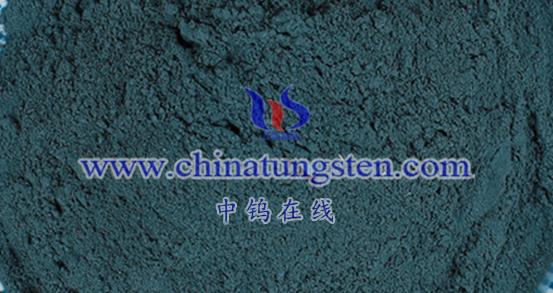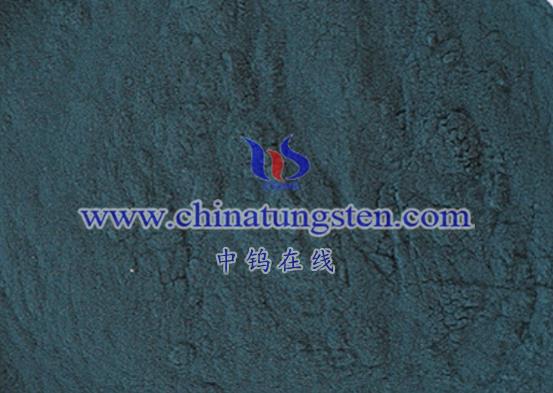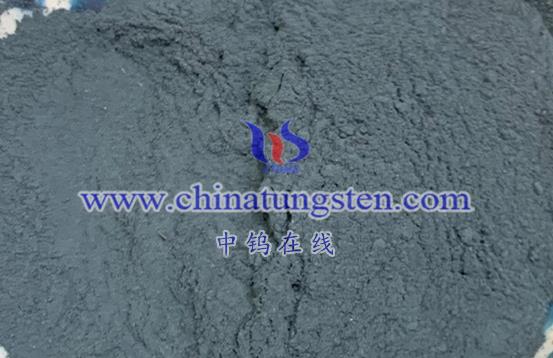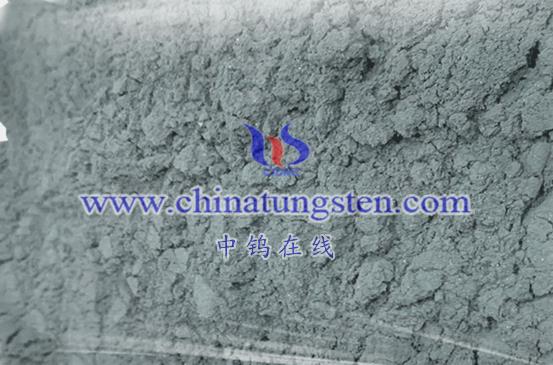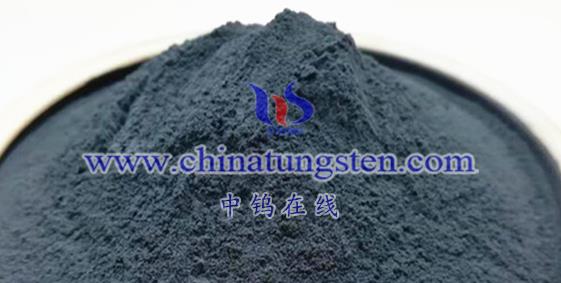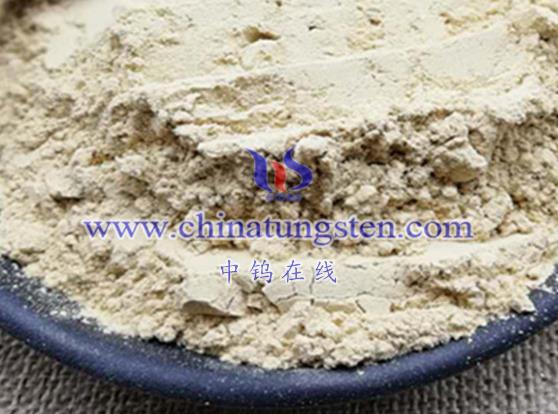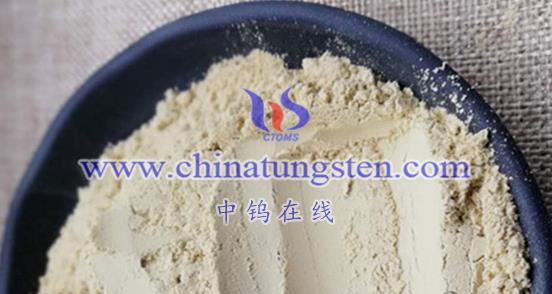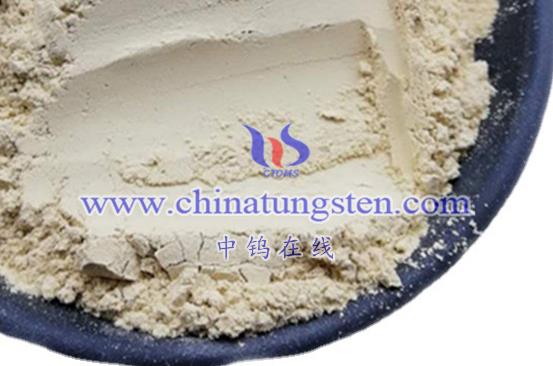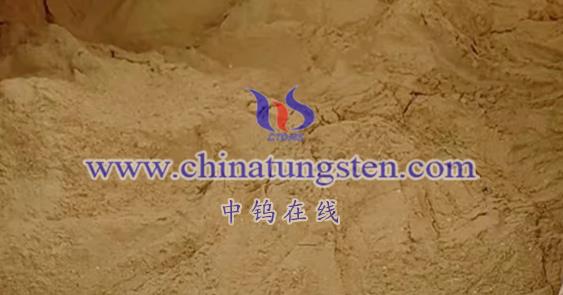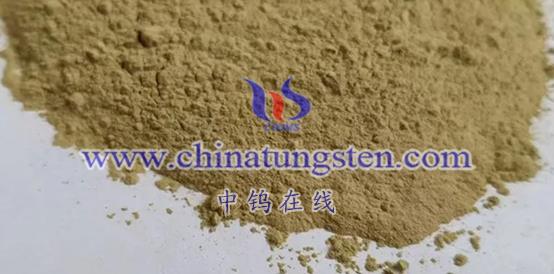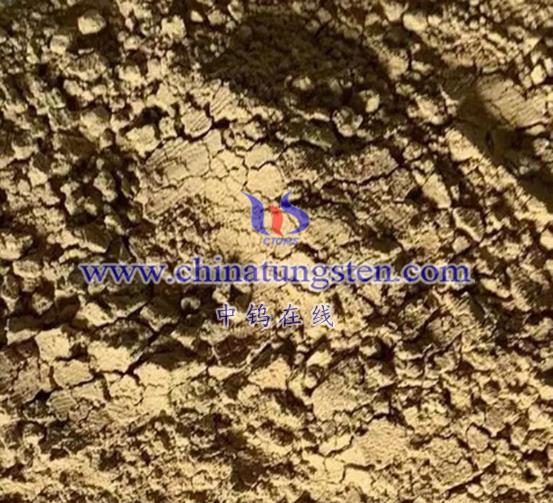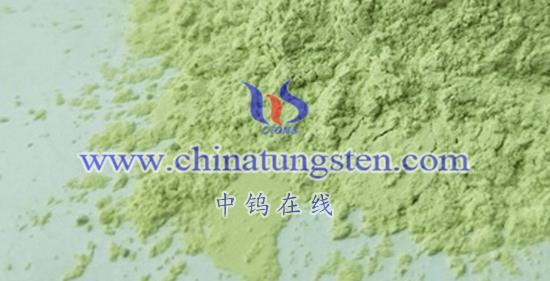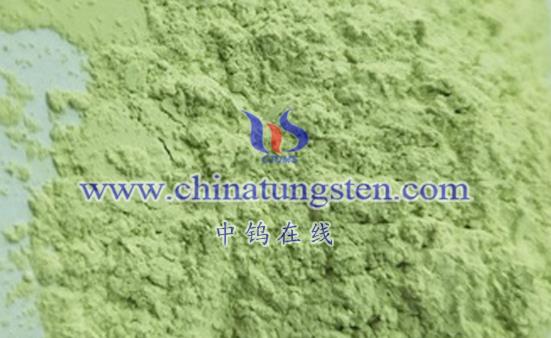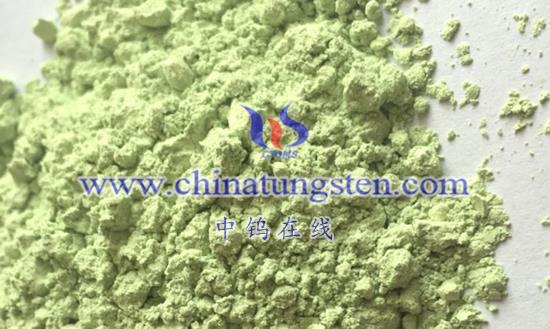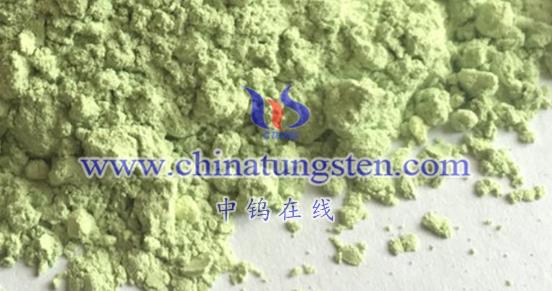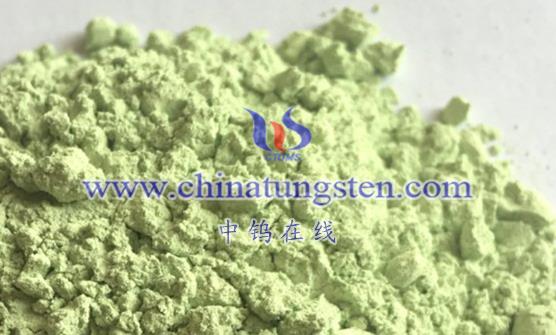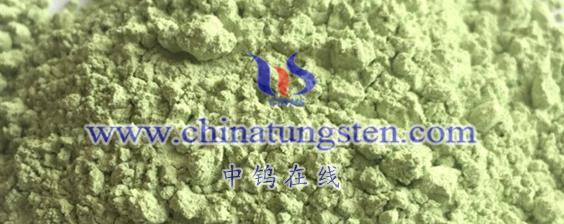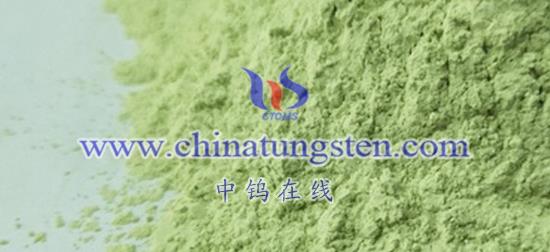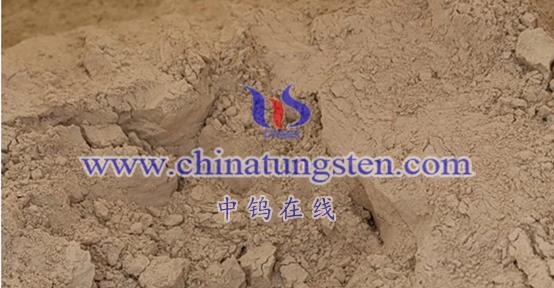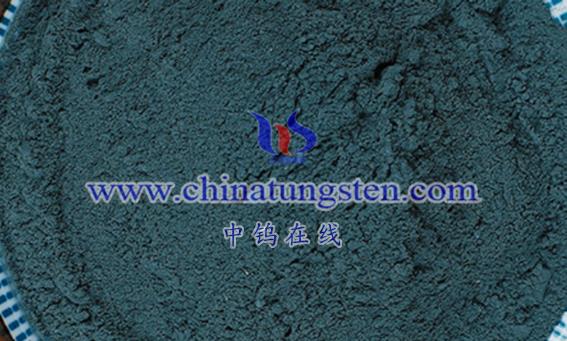
Nanostructured tungsten oxide (WO₃) surface modification involves various methods aimed at improving its surface properties, thereby optimizing performance or imparting new functionalities. Here are some common methods for modifying the surface of nanostructured tungsten oxide:
- Surface Coating Methods
- Carbon Coating
- Method: Carbon materials, such as nitrogen-doped carbon, can be coated on the surface of nanostructured tungsten oxide using methods like hydrothermal synthesis or chemical vapor deposition.
- Application: This coating can improve stability, conductivity, and catalytic performance. For example, nitrogen-doped carbon-coated tungsten oxide nanowires have potential applications as catalysts in water electrolysis.
- Metal Coating
- Method: Techniques such as photodeposition, chemical deposition, or in situ reduction can be used to deposit a layer of metal nanoparticles (e.g., gold, silver, platinum) onto the surface of nanostructured tungsten oxide.
- Application: These metal nanoparticles can create synergistic effects with tungsten oxide, enhancing its catalytic or gas sensitivity properties. In photoelectrochemical applications, bimetallic catalysts that modify specific crystal facets of tungsten oxide can significantly improve the performance of photoanodes.
- Polymer Coating
- Method: Mixing nanostructured tungsten oxide with a polymer solution and using solution blending or similar methods allows for polymer coating on its surface.
- Application: This can enhance the dispersion of tungsten oxide and its compatibility with substrates. Polymer-coated nanostructured tungsten oxide composites have potential applications in sensors and as catalyst supports.
- Chemical Modification Methods
- Element Doping
- Method: Other elements (such as alkali metals, transition metals, or rare earth elements) can be introduced into the lattice of nanostructured tungsten oxide to modify its electronic structure and surface properties. Doping can be achieved using methods like sol-gel synthesis or chemical vapor deposition.
- Application: For example, alkali metal doping can create more structural defects, enhancing gas adsorption and improving gas sensitivity. Lithium (Li) doping has been shown to significantly enhance the NO₂ gas sensitivity of tungsten oxide materials.
- Surface Functional Group Modification
- Method: Specific functional groups (like hydroxyl or carboxyl groups) can be introduced onto the surface of nanostructured tungsten oxide through chemical reactions.
- Application: These functional groups can improve surface properties such as hydrophilicity and dispersibility, making modified tungsten oxide suitable for biomedical and environmental protection applications.
- Surface Acid Treatment
- Method: Acid treatment can increase the number of acidic sites on the surface of nanostructured tungsten oxide, enhancing its catalytic and adsorption properties.
- Application: Acid-treated tungsten oxide has promising applications in catalytic reactions and gas adsorption processes.
III. Other Modification Methods
- Thermal Treatment
- Method: High-temperature treatment can alter the crystal structure, surface morphology, and porosity of nanostructured tungsten oxide.
- Application: Thermally treated tungsten oxide demonstrates improved performance in gas sensors and catalysts.
- Plasma Treatment
- Method: Plasma technology can be used to treat the surface of nanostructured tungsten oxide, introducing active groups or changing the surface morphology.
- Application: Plasma-treated tungsten oxide shows potential applications in environmental remediation and energy conversion.
- Atomic Layer Deposition (ALD)
- Method: Using atomic layer deposition technology, a layer of other materials (e.g., SnO) can be deposited on the surface of nanostructured tungsten oxide to form heterojunction structures.
- Application: For instance, the formation of WO₃/SnO heterojunctions has been shown to significantly enhance gas sensitivity to formaldehyde.
Conclusion
The surface modification methods for nanostructured tungsten oxide include coating, chemical modification, and other specialized techniques. These methods can be selected and optimized based on specific application needs, resulting in tungsten oxide materials with excellent performance characteristics.
More details of tungsten oxide product, please visit website: tungsten-oxide.com
Please contact CHINATUNGSTEN for inquiry and order of tungsten oxide:
Email: sales@chinatungsten.com
Tel.: 86 592 5129595
